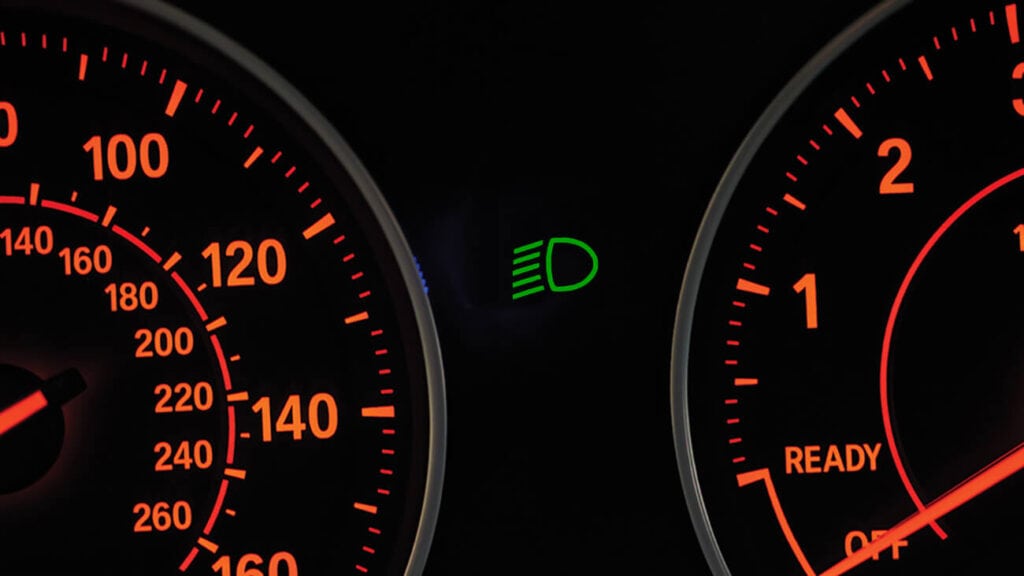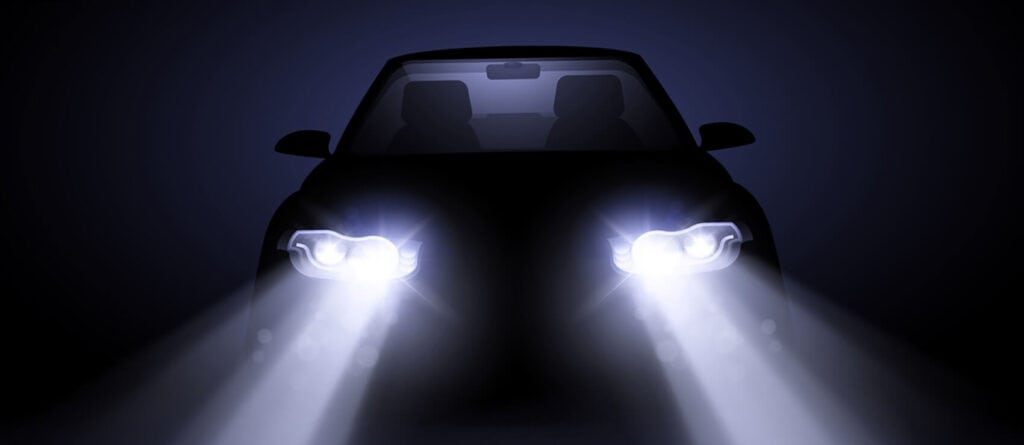Illuminate Your Way — Understanding the Significance of Low Beam Indicator Lights
Dark roads and poor visibility—two elements that can turn a pleasant drive into a nerve-wracking experience. That’s where low beam indicator lights come to the rescue, providing the visibility you need without blinding other drivers. This guide will navigate you through the ABCs of low beam indicators, how to troubleshoot them, and ways to maintain them for a clear, safe drive.
The ABCs of Low Beam Indicators: What It Means and How to Identify It
The low beam indicator light is often the unsung hero of your car’s dashboard. Shaped like a humble headlamp icon, it illuminates to tell you that your low beams are up and running. Consider it the ultimate wingman, always there but seldom acknowledged, ensuring you have the visibility you need to drive safely. But what does it look like? Picture a small headlamp, glowing in unison with your low beams, like a reliable partner-in-crime ensuring you’re seen but not blinding anyone else on the road.
While this symbol may seem straightforward, it’s crucial to your safety. Ignoring it could be akin to disregarding a stop sign. When that little headlamp icon is shining, it’s giving you a visual handshake, confirming that your low beams are engaged and you’re good to go. It’s more than just a symbol; it’s an affirmation of road safety. So, make it a habit to give this icon a nod of acknowledgment. Your low beams are not just a set of bulbs; they’re an essential safety feature, and that glowing dashboard icon is your assurance they are doing their job.

Beam Basics: High Beams vs. Low Beams
• Visibility Range: Low beams illuminate the road up to 60 meters ahead, making them ideal for city driving or populated areas. High beams can light up to 100 meters, making them suitable for rural or less populated areas.
• Blinding Factor: Low beams are designed to minimize glare for oncoming drivers, whereas high beams can blind or dazzle them.
• Purpose: Low beams are designed for general night-time driving and poor weather conditions. High beams are intended for rural settings, or any situation where extra visibility is needed.
• Legal Requirements: Many jurisdictions have laws about when and where high beams can be used due to their potential to blind other drivers.
• Independent Functionality: High beams can technically function without low beams, but this is not advisable for general driving situations.
• Symbol Differences: On your dashboard, low beams are usually represented by a simple headlight icon, while high beams are denoted by a similar icon but with rays emanating from it.
• Switch Mechanism: Most vehicles allow drivers to switch between high and low beams via a lever or button on the steering column.
Troubleshooters’ Corner: Why Your Low Beams Might Fail You
In the orchestra of your car’s functioning parts, the low beams are like the string section—usually reliable but sometimes prone to going silent. If you find that your low beams have stopped working, it could be as simple as a burnt-out bulb. Burnt bulbs are like the colds of the car world: common and easily treatable. Simply replace the bulb, and you’re back in action.
But what if the low beams aren’t working while the high beams are perfectly fine? That could be a sign of an electrical hiccup, like a conductor losing his baton mid-performance. In such cases, you may be dealing with a wiring issue, a blown fuse, or a faulty relay. Unlike a bulb replacement, these issues can be complex and may require a professional diagnosis. It’s not advisable to delve into your car’s electrical system unless you know what you’re doing. You might just make the problem worse or, at worst, put your safety at risk.
Emergency Lane: What To Do When Your Low Beam Goes Out
If you ever find yourself in a situation where your low beams decide to call it a night, the first thing to remember is: don’t panic. Just like a basketball player pivoting to plan B when blocked, switch quickly to your fog lamps or high beams. Fog lamps can provide visibility for up to 30 meters, which should be enough to let you maneuver to a safe place to pull over.
Once you’re safely out of traffic, try not to operate under the assumption that you can continue your journey with just fog lamps or high beams. While these alternatives offer a temporary solution, they’re not a long-term fix. High beams can blind oncoming traffic, and fog lamps don’t provide enough light for safe driving speeds. Your low beams are your most balanced source of illumination, designed for the exact purpose of safe, everyday driving. Until they’re fixed, it’s best to halt your journey and seek professional help.
Cost of Clarity: Repair and Replacement Expenses Unveiled
• Bulb Replacement: A new low beam bulb can range from $15 to $30, depending on the make and model of your car.
• Electrical Issues: Problems with the electrical circuit, such as a faulty relay or wiring, can cost between $100 and $200.
• Labor Costs: Prices can vary for labor, depending on whether you go to a traditional garage or opt for a mobile mechanic service.
• Brand and Quality: Premium quality bulbs or specialized bulbs like LED or HID can significantly increase the cost.
• Total Cost: Keep in mind that the total cost can combine both parts and labor, and possibly diagnostic fees if the issue is not straightforward.
• Pricey Consequences: Ignoring a faulty low beam could lead to an accident or a ticket, incurring additional costs.

Maintenance Roadmap: Extending the Life of Your Low Beam Lights
• Regular Inspection: Make it a habit to check the functionality of both low beam lights before hitting the road, especially for long journeys.
• Bulb Longevity: While low beam bulbs have a good lifespan, external factors like frequent on-off cycles can reduce it.
• Simultaneous Replacement: Even if just one bulb has failed, it’s advisable to replace both for consistent brightness and color.
• Clean the Lenses: Dirty or foggy lenses can significantly reduce illumination. Regular cleaning can help maintain optimal light output.
• Alignment Check: Poorly aligned headlights can reduce the effectiveness of your low beams. Periodic checks can ensure they are pointing in the right direction.
• Upgrade Options: For those looking to improve visibility, consider upgrading to high-performance bulbs, but ensure they meet legal requirements in your jurisdiction.
Shining a Light on the Road Ahead
Understanding your vehicle’s low beam indicator lights is more than a matter of compliance; it’s a matter of safety—for you and everyone else on the road. So if you notice any issues with your low beams, don’t take it lightly. If DIY solutions aren’t cutting it, don’t hesitate to reach out to Uchanics, your trusted mobile mechanic service in Canada, to guide you back to safer nights on the road.
